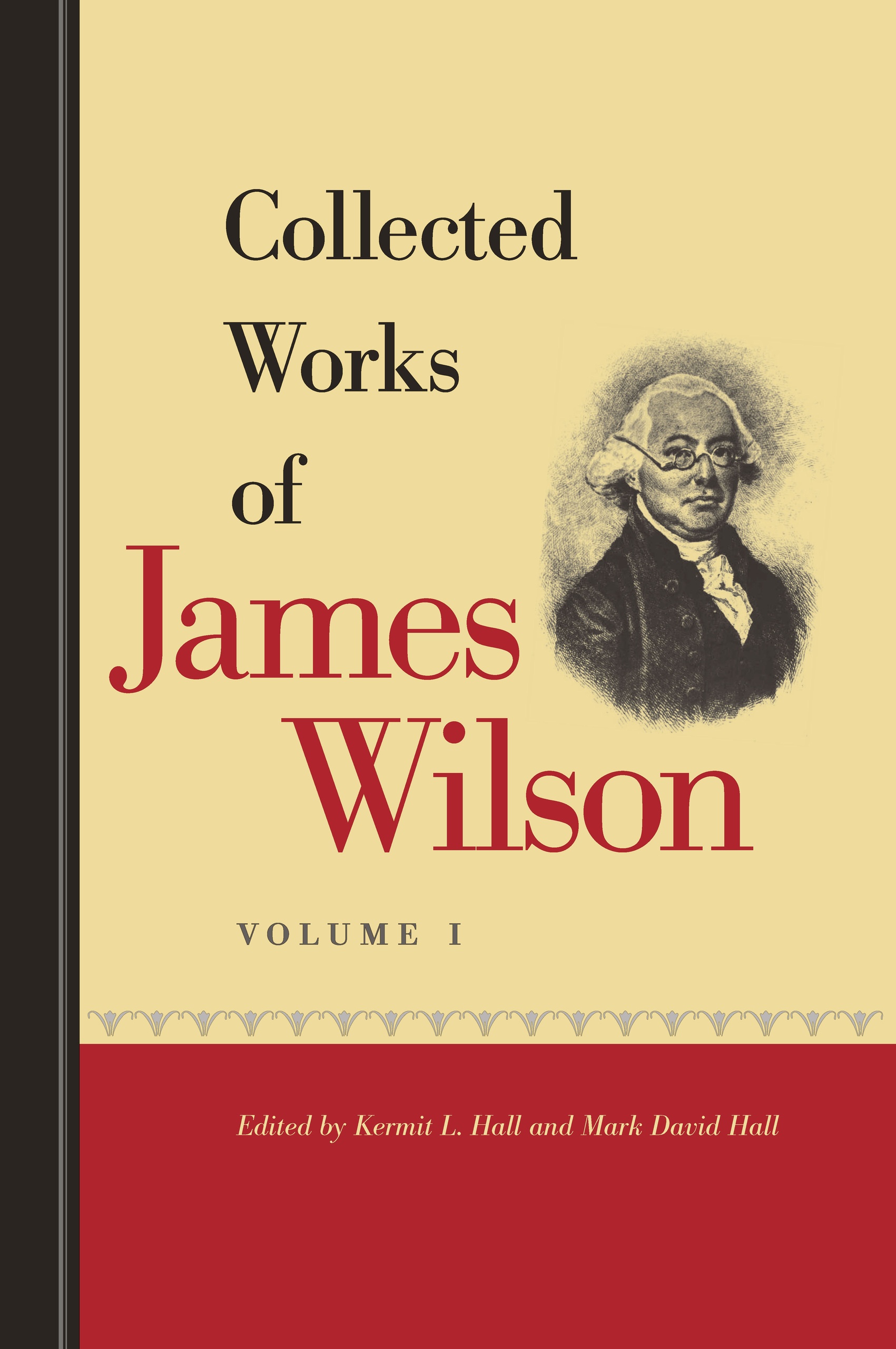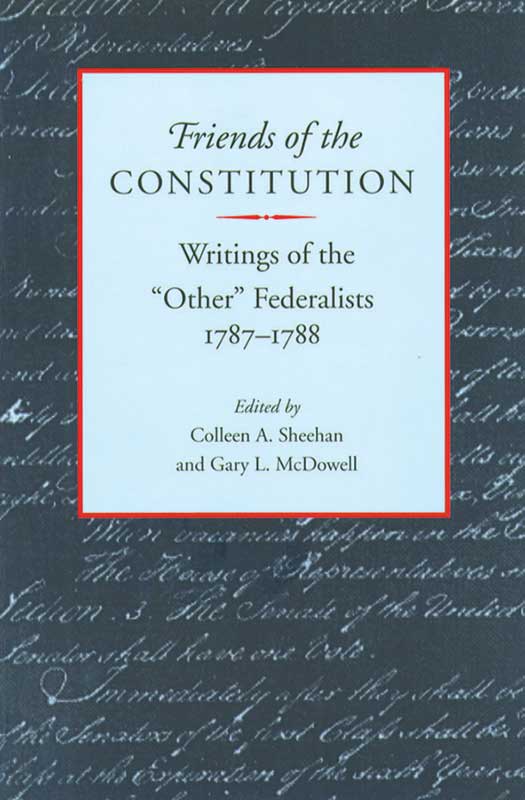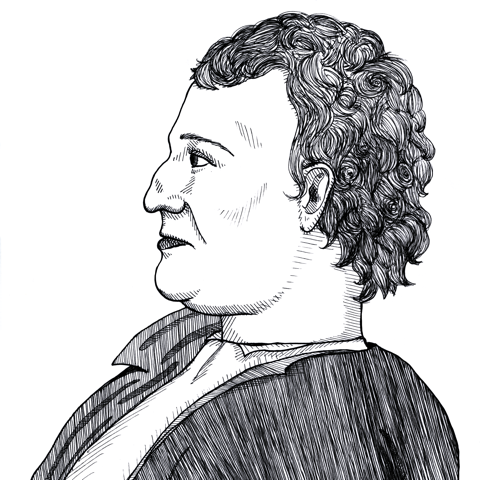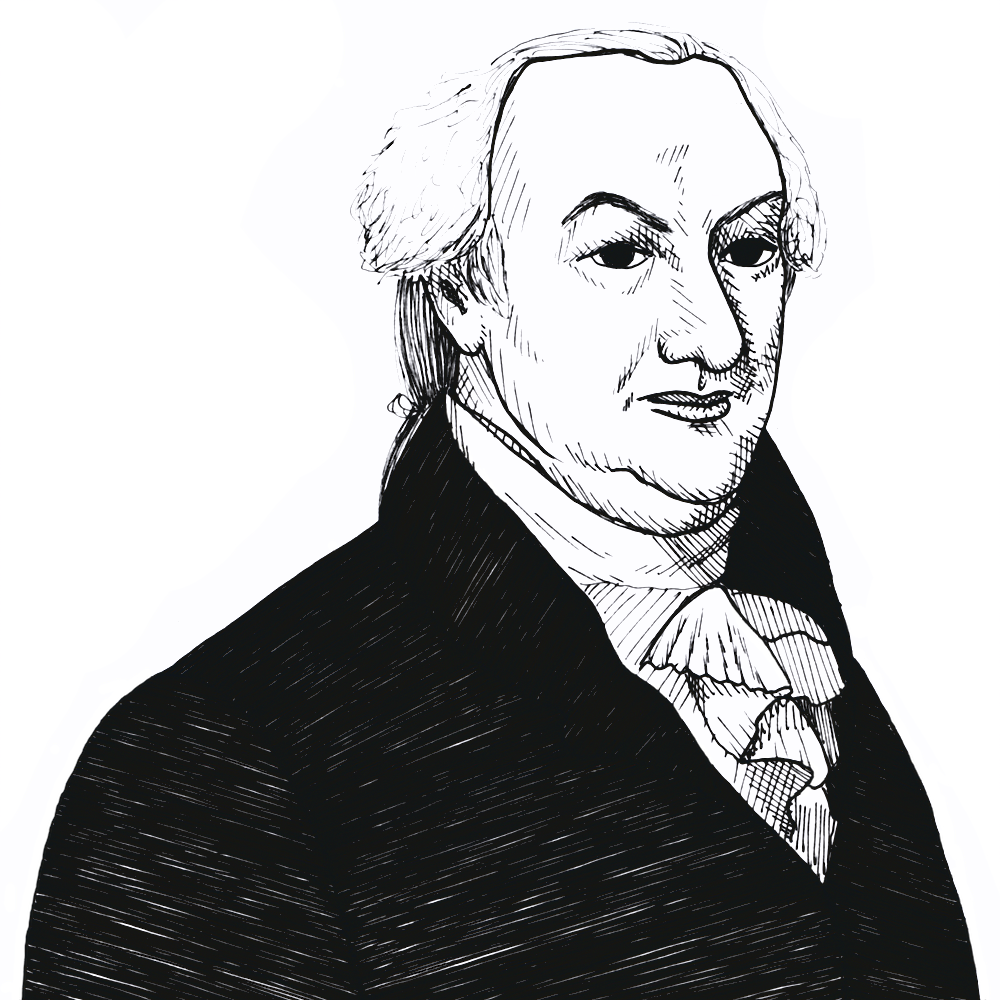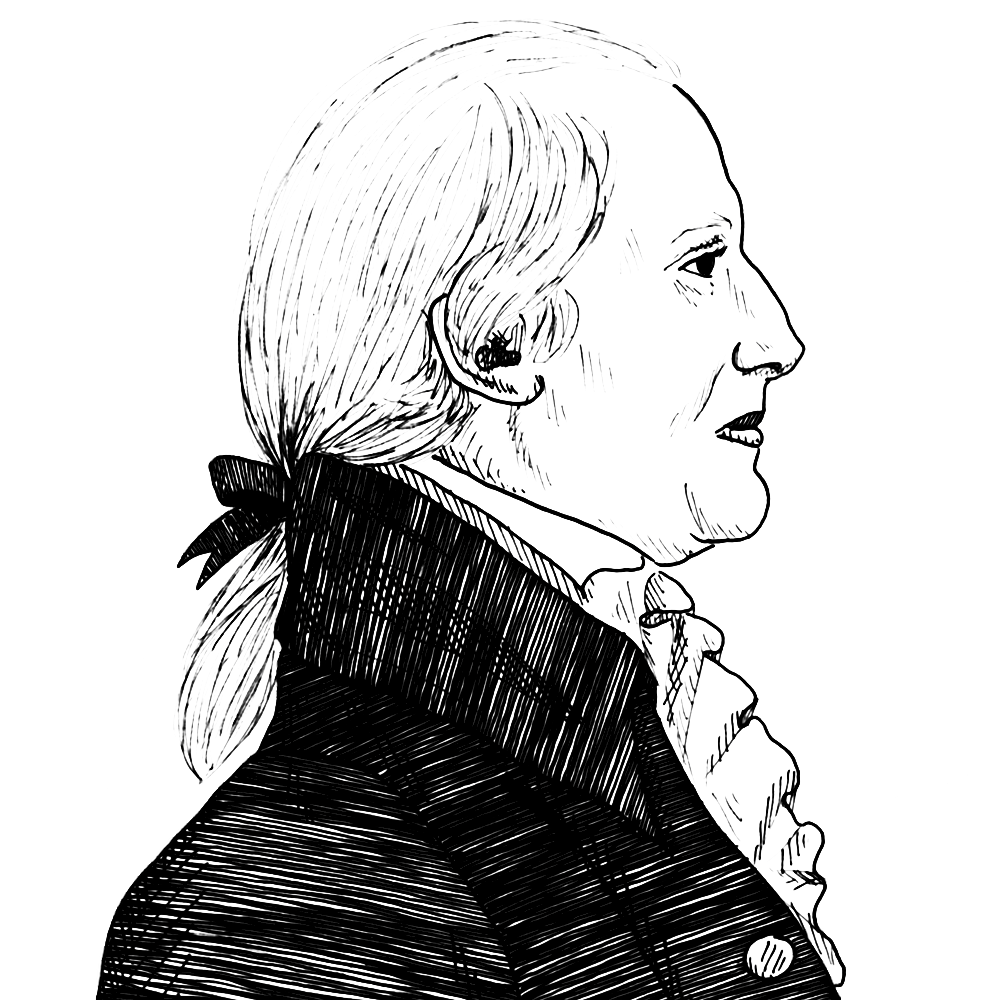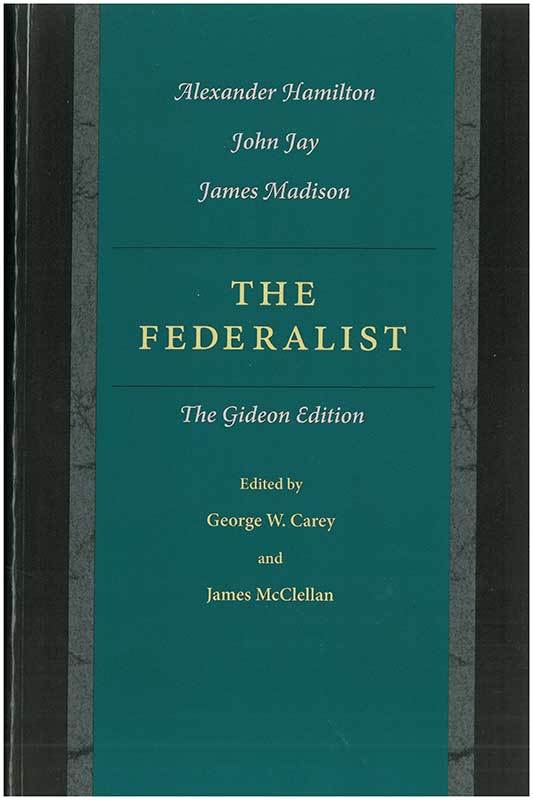
The Federalist (Gideon ed.)
- Alexander Hamilton (author)
- John Jay (author)
- James Madison (author)
- James McClellan (introduction)
- George W. Carey (introduction)
The Federalist, by Alexander Hamilton, James Madison, and John Jay, constitutes a text central to the American political tradition. Published in newspapers in 1787 and 1788 to explain and promote ratification of the proposed Constitution for the United States, which up to then were bound by the Articles of Confederation, The Federalist remains today of singular importance to students of liberty around the world.
Related People
Key Quotes
Politics & Liberty
Politics & Liberty
Critical Responses
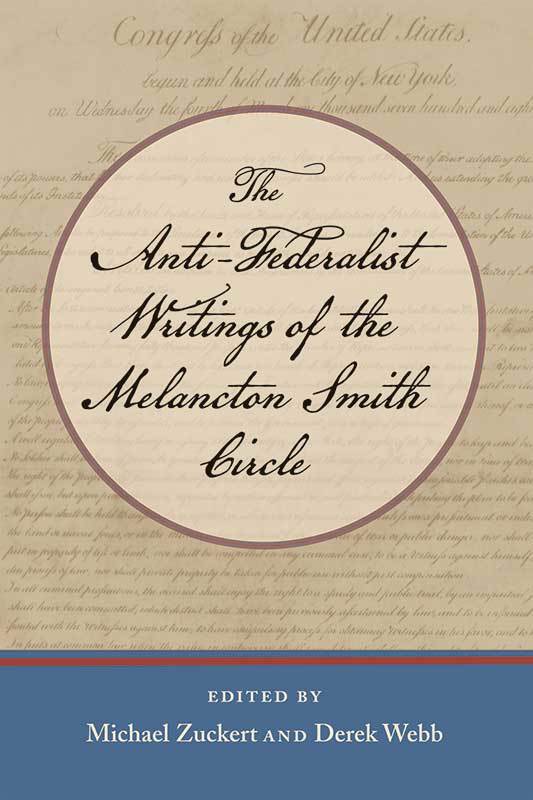
Book
The Anti-Federalist Writings of the Melancton Smith CircleMelancton Smith
The Anti-Federalist Writings of the Melancton Smith Circle is a collection of Anti-Federalist writings closely connected to Melancton Smith and his associates in New York, who wrote extensive and penetrating critiques of the proposed constitution. Their writings often contrasted sharply with the…
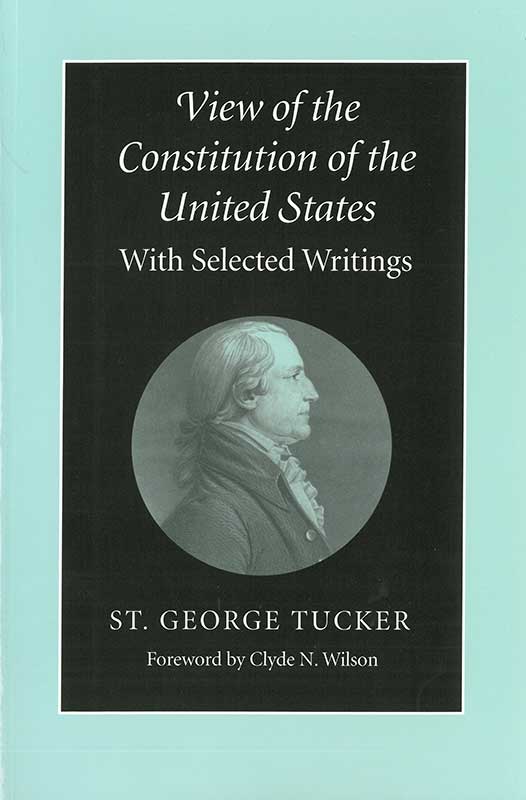
Book
View of the Constitution of the United States with Selected WritingsSt. George Tucker
View of the Constitution of the United States with Selected Writings of St. George Tucker presents one of the first critical appraisals of the Constitution to be written after ratification. Tucker’s views were often more in line with the decentralized and limited forms of federalism favored by…
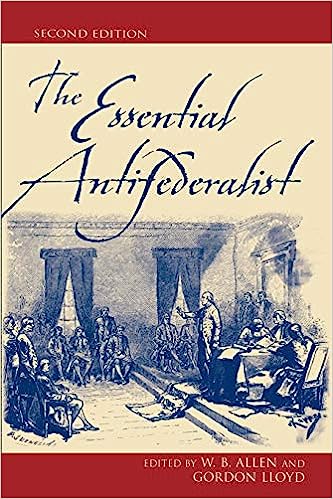
Book
The Essential Antifederalist: Second EditionWilliam B. Allen and Gordon Lloyd, editors
The Essential Antifederalist Second Edition, presents the main themes of the principal critics of the Constitution. It organizes the oppositional writings thematically which makes possible a ready comparison with the writings of Publius.
Connected Readings
